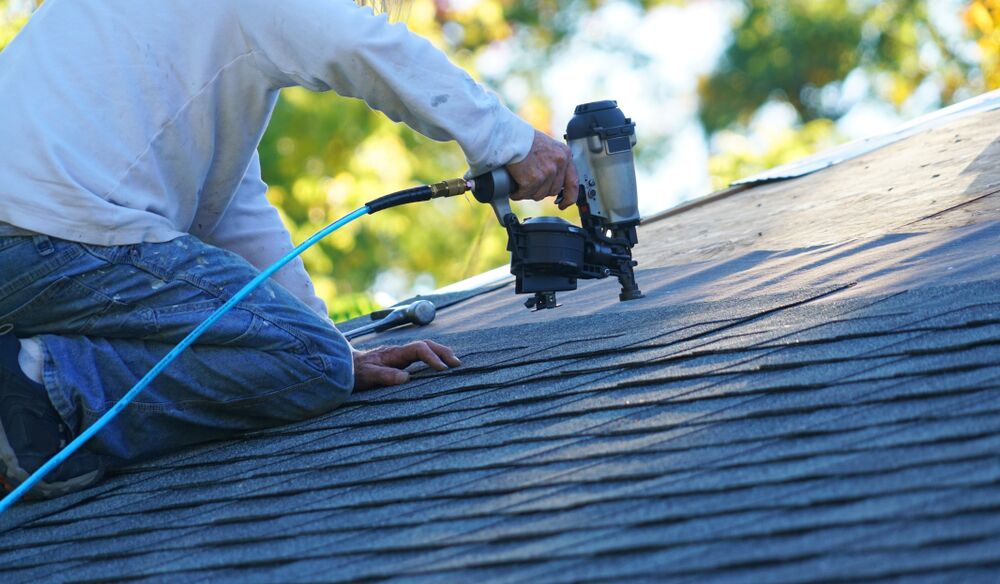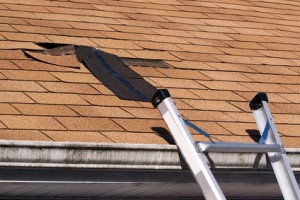Roofers Oahu: Proficient Professionals for Roof Installations and Services
Roofers Oahu: Proficient Professionals for Roof Installations and Services
Blog Article
Comprehending the Various Types of Roofings: A Comprehensive Guide for Homeowners
With an array of options-- ranging from the conventional gable to the contemporary flat-- each type presents special benefits and difficulties that should align with the property owner's environmental considerations and specific requirements. As we check out the details of numerous roofing types, it becomes noticeable that one dimension does not fit all; the right option might amaze you.
Saddleback Roof
Gable roofing systems, identified by their triangular shape, are amongst the most preferred roofing designs due to their simplicity and performance in dropping water and snow. This design features 2 sloping sides that meet at a ridge, permitting efficient drainage and minimizing the danger of water buildup. The steep pitch typically connected with gable roofs boosts their capacity to manage hefty precipitation, making them suitable for various climates.
Along with their practical advantages, gable roofings use aesthetic versatility. They can be adapted to various building styles, from standard to contemporary homes. The style can also suit extra functions such as dormer home windows, which enhance natural light and air flow in the attic space.
Furthermore, gable roofs give ample area for insulation, adding to power efficiency. House owners can select from a range of roof products, including asphalt roof shingles, steel, and tiles, further improving customization alternatives.
Regardless of their benefits, saddleback roofs may call for added support in areas prone to high winds or heavy snowfall. In general, the gable roofing stays a preferred option due to its blend of functionality, durability, and visual appeal.
Apartment Roofs
Flat roof coverings are usually acknowledged for their minimal style and sensible applications, particularly in industrial and industrial setups (oahu roofing). These roofings feature a almost horizontal or straight surface area, which enables for easy construction and versatile room use. While they may do not have the visual charm of angled roofs, flat roof coverings use various advantages, specifically in metropolitan environments where making best use of area is important
One of the key benefits of level roofing systems is their accessibility. Homeowners can make use of the roofing room for different purposes, such as rooftop gardens, balconies, or solar panel setups. Furthermore, flat roof coverings are typically more cost-effective to install and keep contrasted to their sloped counterparts, as they require fewer materials and labor.
Common products used for flat roofing systems include built-up roof (BUR), modified asphalt, and single-ply membrane layers, each offering distinctive advantages. On the whole, level roof coverings serve as a adaptable and functional selection for many home owners and companies alike.
Hip Roofs
Hip roofing systems are defined by their sloped sides that converge on top, creating a ridge. This style is distinctive from gable roofing systems, as all 4 sides of a hip roofing system slope downwards toward the wall surfaces, offering a more stable structure. The angle of the inclines can vary, permitting convenience in architectural aesthetic appeals and capability.
One of the key benefits of hip roofs is their capability to hold up against hefty winds and damaging climate conditions. The sloped surface areas allow far better water drainage, decreasing the threat of leaks and water damages. Additionally, hip roofings offer raised attic area, which can be made use of for storage space or perhaps converted into comfortable areas.
Nonetheless, constructing a hip roof covering can be extra complicated and pricey than less complex roof kinds, such as saddleback roofs. The additional material and labor associated with developing the slopes and making sure correct structural honesty can lead to higher costs. Despite these disadvantages, many house owners favor hip roof coverings for their resilience, aesthetic allure, and potential for power effectiveness.
Mansard Roofing Systems
Mansard roofs, commonly identified by their unique four-sided design, attribute two inclines on each side, with the lower incline being steeper than the upper. This building style, stemming from France in the 17th news century, is not just visually enticing however useful, as it maximizes the usable area in the upper floors of a building. The steep lower incline allows for even more headroom, making it a perfect choice for loft spaces or attic rooms, which can be exchanged living spaces.
Mansard roofs are characterized by their adaptability, fitting various architectural styles, from traditional to modern. They can be created with various materials, including asphalt roof shingles, slate, or steel, offering home owners with a series of options to match their preferences and budgets. In addition, the layout enables the integration of dormer home windows, improving all-natural light and air flow in the top degrees.
Nevertheless, it is necessary to consider the possible disadvantages. Mansard roof coverings may call for more maintenance due to the complexity of their style, and their high inclines can be testing for snow and rain runoff. Generally, mansard roof coverings integrate style with functionality, making them a preferred choice amongst homeowners seeking distinct building attributes.
Dropped Roofs
As house owners increasingly seek simplicity and capability in their architectural styles, shed roofing systems have actually become a preferred selection. Characterized by a single sloping plane, a shed roofing offers a minimalist visual that complements different home styles, from modern to rustic.
One of the main advantages of a shed roofing is its uncomplicated building, which typically equates to lower labor and product expenses. This design permits reliable water drain, lowering the risk of leakages and water damages. Additionally, the upright incline supplies sufficient room for skylights, improving natural light within the inside.
Lost roof coverings additionally supply versatility in regards to usage. They can be effectively incorporated right into additions, garages, or outside structures like pavilions and sheds. Furthermore, this roof style can suit numerous roof covering products, including steel, asphalt shingles, or also green roofs, straightening with environmentally friendly initiatives.
Nonetheless, it is essential to consider local environment problems, as heavy snow loads might necessitate changes to the roof's angle or framework. Generally, lost roofs offer a functional and cosmetically pleasing alternative for house owners looking to optimize capability without jeopardizing design.
Final Thought


Gable roofs, characterized by their triangular shape, are amongst the most preferred roofing designs due to their simplicity and effectiveness in losing water and snow. oahu roofing. The steep pitch commonly linked with gable roof coverings boosts their ability to handle hefty precipitation, making them appropriate for different climates
While they might lack the aesthetic appeal of pitched roofs, flat roofs supply many benefits, especially in urban settings where making the most of area is crucial.

Report this page